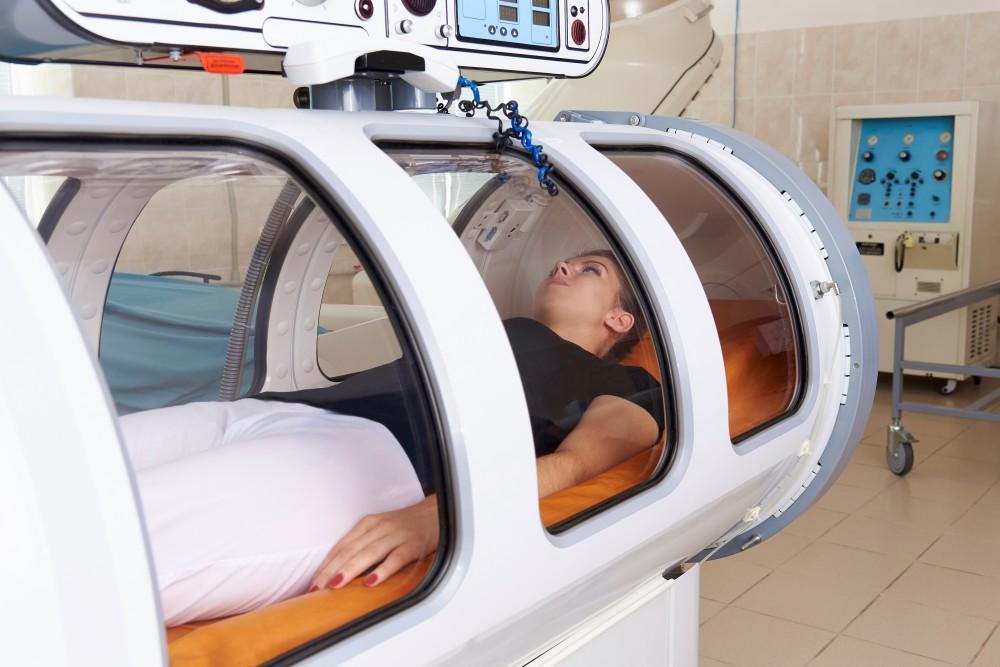You’ve vaguely heard of hyperbaric oxygen treatment, but you’re not sure whether it works and what it is. Read on to find out how it can help to treat autism.
Autism spectrum disorder affects 1 in 36 kids in the United States. While symptoms cover a wide range, they usually include developmental issues, social interaction challenges, speech, nonverbal communication, and much more.
Autism usually comes with several medical challenges as well, including sleep disorders, anxiety and depression, ADHD, and intestinal issues.
Because of the variety of symptoms, there’s not a one-size-fits-all treatment when it comes to autism. Treatment methods usually include behavioral therapy, dietary changes, and medication.
Hyperbaric oxygen therapy (HBOT) is a new treatment showing promise in helping kids with autism. Here at Vayu Advanced Wound Clinic and Hyperbarics, we’re excited about how our HBOT methods can help. Board-certified physician Dr. Badam explains how.
What is HBOT?
HBOT is an FDA-approved treatment that gives patients high-pressure oxygen in a pressurized chamber. This pure oxygen flushes through the circulatory system under an air pressure that’s 1.5 to 2.5 times higher than normal, which enables your lungs to gather and absorb more pure oxygen than they can under typical conditions.
These increased levels of oxygen in the body lead to several benefits, including:
- Increased ability to fight infections (anaerobic bacteria die off)
- Stimulated healing and immune response (increased production of white blood cells)
- Decreased inflammation and swelling
- Higher stem cell and growth factor production
Each treatment session lasts 60-120 minutes as you lie in the pressurized chamber. Your treatment plan depends on your situation, but anywhere from 10 to 40 sessions are usually necessary for the best results.
How can it help treat autism?
The exact mechanism of how HBOT can help autistic patients is not yet entirely understood.
Factors that seem to play a role in autism include neuroinflammation and diminished blood circulation in the brain, leading to limited cognitive abilities, trouble with social interactions, and problems with focus and attention.
Studies have shown that the high levels of oxygen in your body due to HBOT help reduce inflammation and increase circulation to the brain, resulting in reduced inflammation and improved behavior symptoms.
Children with autism can also experience improved cognitive performance, memory, speech, and social interactions after they have treatment.
Work continues to be done to show how HBOT can positively treat autism. As we continue this effort, our team at Vayu Advanced Wound Clinic and Hyperbaric would be happy to take a look at your situation.
To request an appointment, call our San Antonio, Texas, office or use our online scheduler today.
FAQs
Q1. What is oxygen therapy for an autistic child?
A: Oxygen therapy, often referring to Hyperbaric Oxygen Therapy (HBOT) in the context of autism, involves breathing pure oxygen in a pressurized chamber. The aim is to enhance oxygen delivery to brain tissues and reduce inflammation, which some believe may improve symptoms associated with autism
.Q2. What is Hyperbaric Oxygen Treatment (HBOT)?
A: Hyperbaric Oxygen Treatment (HBOT) is a non-invasive therapy in which individuals breathe 100% oxygen while in a pressurized chamber. This process increases the amount of oxygen in the blood, which may promote healing and reduce inflammation.
Q3. Is HBOT an FDA-approved treatment for autism?
A: No, HBOT is not currently approved by the U.S. Food and Drug Administration (FDA) as a standard treatment for autism. It is considered an off-label or alternative therapy, and more research is needed to confirm its safety and effectiveness in individuals with ASD.
Q4. How many HBOT sessions are recommended for autism?
A: Most treatment plans suggest 20 to 40 HBOT sessions to start, each lasting 60–90 minutes. Some individuals may need up to 80 sessions based on progress. The number can vary depending on the child’s response and should be guided by a healthcare professional.

